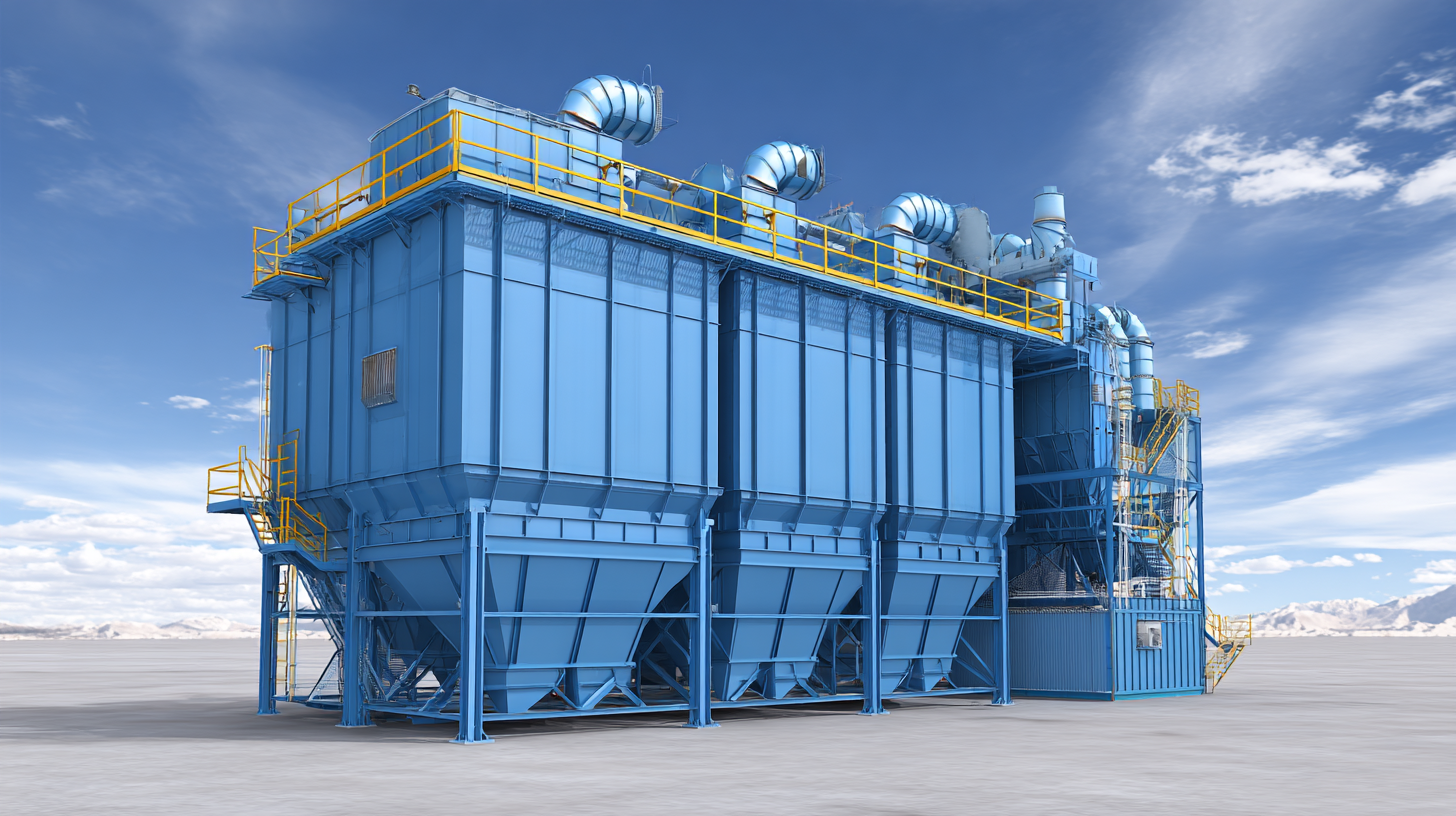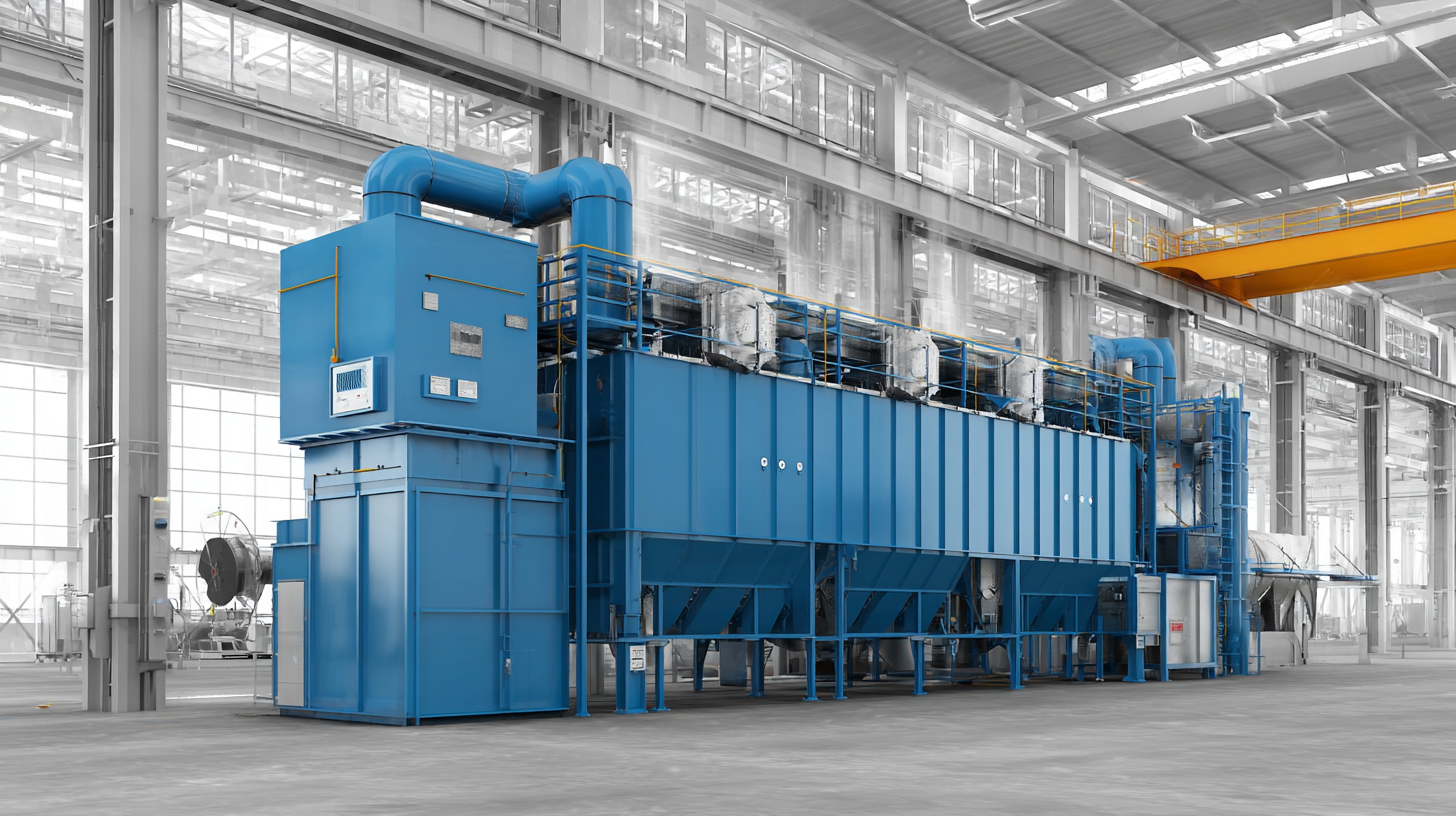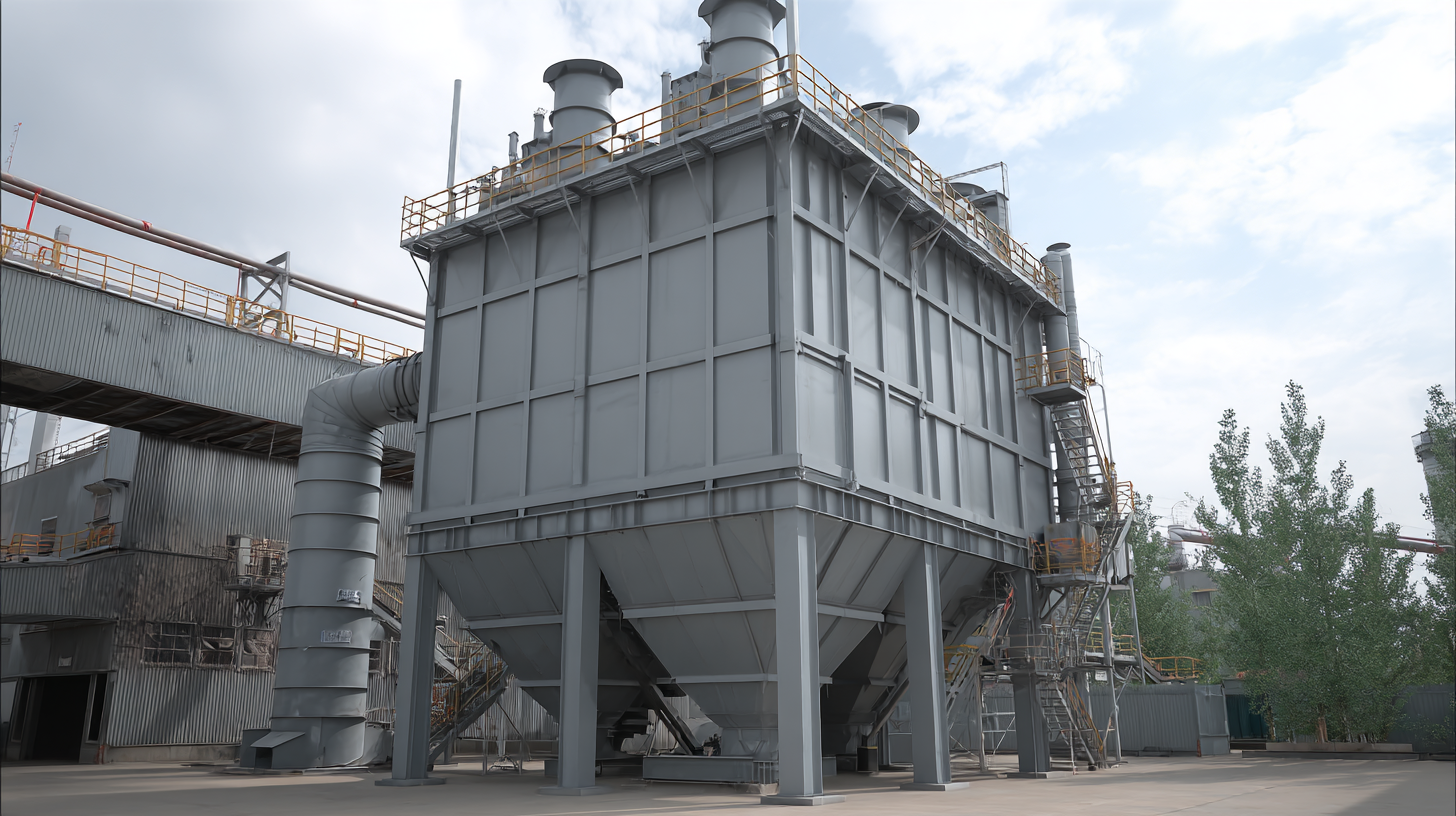What is the Efficiency of the Best Baghouse Dust Collector in Industrial Applications
In the quest for improved air quality and operational efficiency, the importance of effective dust collection in industrial settings cannot be overstated. One of the leading solutions in this arena is the Baghouse Dust Collector, renowned for its ability to manage particulate matter emissions while enhancing process productivity. As industries evolve and environmental regulations tighten, understanding the efficiency of these systems becomes crucial. This blog delves into the performance metrics and technological advancements of Baghouse Dust Collectors, highlighting their role in achieving sustainable practices. By analyzing the market trends and innovations projected through 2025, we aim to provide insights into how these systems are not only key to compliance but also to the overall cost-effectiveness and competitiveness of industrial operations.

Advantages of After-Sales Service for Baghouse Dust Collectors in Industries
In the industrial sector, the efficiency of a baghouse dust collector is vital for maintaining air quality and compliance with environmental regulations. However, the importance of after-sales service should not be overlooked. A reliable after-sales service can significantly enhance the operational efficiency and longevity of a dust collector, ensuring it runs optimally in various applications. Regular maintenance checks and quick troubleshooting can prevent costly downtimes, which can severely impact productivity.

When choosing a baghouse dust collector, consider the benefits of having strong after-sales support. Manufacturers that provide comprehensive service packages can offer on-site assistance, training, and access to spare parts. This not only extends the lifecycle of your equipment but also instills confidence in your operational processes.
Tips: Regular maintenance is essential; schedule periodic check-ups with your service provider to identify potential issues before they escalate. Additionally, keep an inventory of essential spare parts to minimize downtime. Always communicate openly with your service team to stay updated on best practices for optimal performance.
Understanding Repair Costs in Baghouse Dust Collector Maintenance
Maintenance of baghouse dust collectors is crucial for ensuring optimal performance and minimizing operational costs in industrial settings. Understanding the repair costs associated with these systems plays a vital role in strategic maintenance planning. Regular inspections and timely repairs prevent unexpected breakdowns, which can lead to costly downtime and production delays. By investing in preventive maintenance, companies can reduce the frequency of major repairs and extend the lifespan of their dust collection systems.
Moreover, the recent industrial dust collector market analysis highlights the growing importance of efficient dust control solutions amidst evolving regulations and industry demands. With the COVID-19 pandemic impacting operations, companies are now more focused on optimizing their maintenance strategies to cut expenses while ensuring compliance with environmental standards. By embracing a proactive maintenance approach, ethanol producers and other industries can not only save costs but also mitigate risks associated with equipment failure, thereby enhancing overall productivity and operational reliability.

Case Studies: Successful Applications of High-Efficiency Baghouse Systems
In recent years, the adoption of high-efficiency baghouse systems has garnered considerable attention in various industrial applications, especially in minimizing air pollutants. Case studies highlight their effectiveness across different sectors, showcasing successful applications where these systems have significantly reduced particulate emissions.
For instance, a comparative study in the steel industry explored various pollution control measures and revealed that integrating advanced baghouse solutions can lead to substantial improvements in both workplace safety and environmental conditions.
Additionally, innovations such as cyclone separators demonstrate the ongoing advancements in particulate matter control technologies. In a case study at Empaques del Cauca S.A., cyclone separators achieved impressive efficiency rates of 66-99% for unrefined particles. These developments illustrate the importance of utilizing high-efficiency baghouse systems not only for compliance with environmental regulations but also for enhancing operational performance in industrial settings.
The integration of these technologies plays a vital role in the pursuit of cleaner air and sustainable industrial practices.
Comparative Analysis: Baghouse Dust Collectors vs. Alternative Dust Control Solutions
In the realm of industrial applications, selecting the right dust control solution is crucial for ensuring both efficiency and safety. Baghouse dust collectors are often lauded for their impressive performance, primarily due to their ability to handle large volumes of airborne particles effectively. Their design facilitates the collection of even the finest dust, which is particularly beneficial in industries such as cement and mining, where dust hazards are prevalent. Compared to alternative solutions like cartridge dust collectors and wet scrubbers, baghouse systems demonstrate a superior capacity for filtering out particulate matter, thus safeguarding the environment and enhancing workplace air quality.
While baghouse dust collectors are highly efficient, other dust control solutions offer unique advantages that may suit specific operational needs. For instance, wet scrubbers effectively manage moist or sticky dust particles but may require more maintenance and ongoing operational costs. In contrast, inertial separators and dry fog systems present alternative options that can cater to various industrial applications, depending on factors such as particulate size and material properties. As industries evolve and seek more efficient ways to address dust control, a comparative analysis of these different technologies will become increasingly relevant in determining the most suitable and cost-effective solutions for ensuring safety and compliance in the workplace.
Factors Influencing the Efficiency of Dust Collection in Industrial Settings
The efficiency of dust collection systems in industrial environments is influenced by a multitude of factors, ranging from design specifications to environmental conditions. Recent studies indicate that the geometry of dust collectors, such as the diameter of cone bases in pulse cleaning devices, significantly impacts performance. An optimal design can enhance dust removal capabilities, allowing for more effective filtration processes. This insight underscores the importance of tailored engineering solutions in maximizing dust collection efficiency.
Furthermore, external environmental factors like air pollution and climatic conditions play a crucial role in dust management. For instance, air quality can directly affect equipment performance, leading to notable efficiency losses. Implementing strategies such as wind-induced cooling has shown promise in mitigating these effects. Additionally, the application of innovative dust reduction techniques, like internal mixing pneumatic atomization, has been substantiated to enhance operational outcomes. By understanding and addressing these multifaceted elements, industries can achieve improved dust collection efficiency, ensuring better compliance with environmental regulations and enhanced workplace safety.
